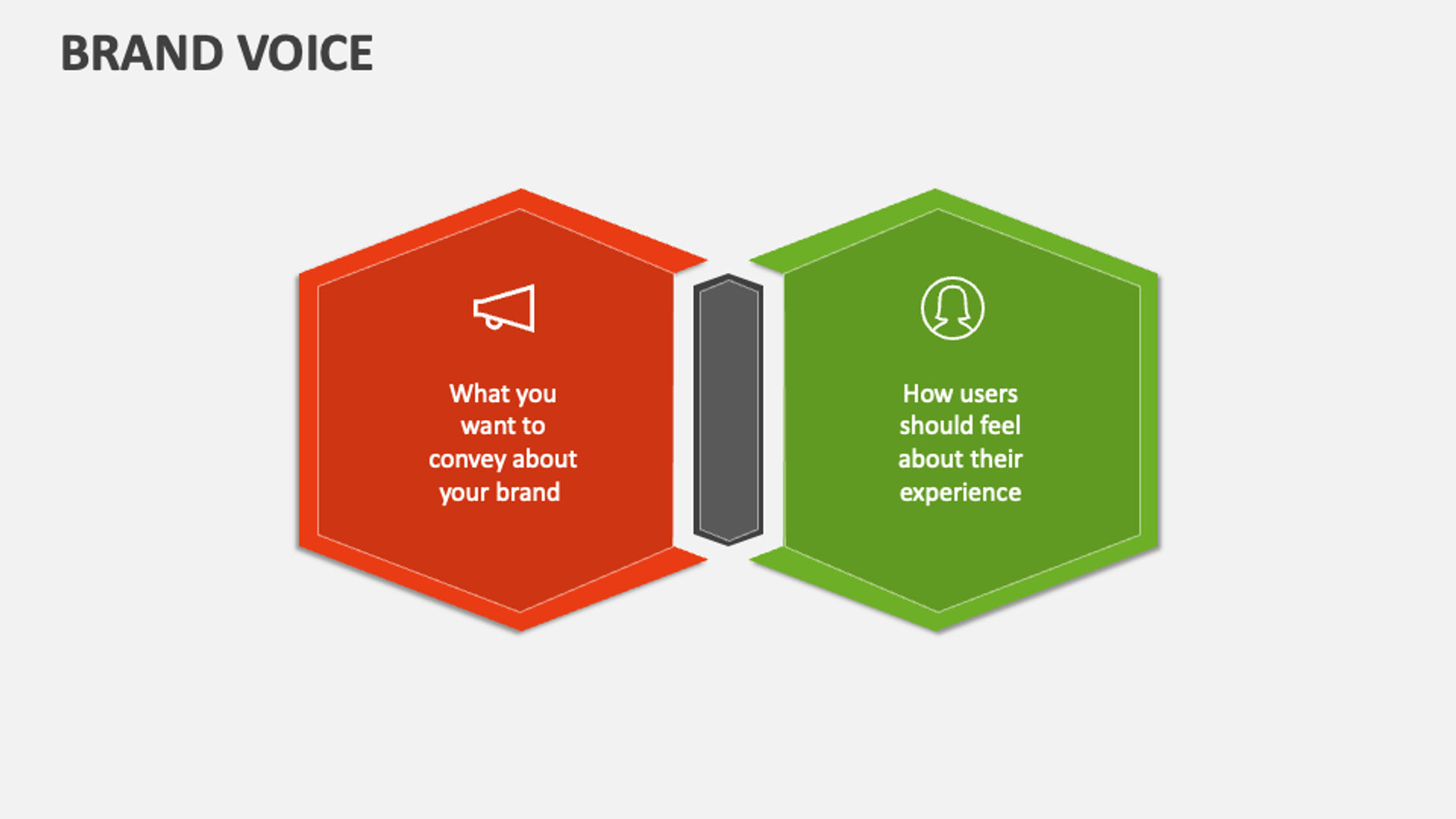Having a powerful brand image is essential to any organization nowadays. Branding is more than just logos or images. It is everything a business provides to its clients.
The experience allows them to differentiate themselves from other companies. However, what works for a corporate giant with a large customer base varies completely for one trying to start and capture its audience.
Acknowledging these discrepancies is essential for brand strategy development. Startup branding involves unique strategies tailored to new ventures, helping them establish a unique identity and connect with their target audience.
You can also approach branding agencies to make improve your branding strategy.
This article will discuss exclusive branding strategies for startups and large companies and differences in resource deployment, market position, and change management.
What Is Branding?
Branding is a comprehensive marketing strategy aimed at creating a unique identity for a company, product, or service. It goes beyond just a logo or a catchy tagline.
It encompasses the entire experience a company offers to its customers. This includes the visual elements, the messaging, and the overall tone that resonates with the target audience.
Source: lamanuinweb.blogspot.com

A well-executed branding strategy helps a company stand out in a crowded marketplace by establishing a distinct and memorable presence.
It is a long-term process that requires continuous effort and investment to maintain and evolve. By creating a consistent and compelling brand identity, businesses can differentiate themselves from competitors and build a loyal customer base.
Resource Differences and Their Impact on Brand Identity
Managing a company’s resources, particularly its financial assets, is the most significant disparity in branding between a large corporation and a startup. Most corporations have a preset amount of money specifically for the branding process.
This allows them to hire specialized personnel to handle their corporate brand, use automated branding resources, and roll out strategic plans over the years. With such provisions, they are able to develop a brand strategy in the long term with less hassle.
However, businesses in their early stages of development generally need more resources and must be more realistic about branding. Such early-stage companies usually depend on thin, multi-skilled team members who combine branding with others. Startups often turn to branding services to compensate for their limited resources.
Due to an emphasis on short-term returns, they seek to implement branding that is effective in the short term. So does the need in every new venture to develop their branding on the basics of immediate feedback from the market—it makes every startup brand more advanced than conventional ones.
These differences in available resources guide the brand positioning of both types of organizations. The larger organization can use a wider and more constant strategy aimed at its already occupied market.
Source: zoviz.com

However, startups must be able to attract attention quickly because their time is limited, and they are trying to establish themselves in the market. Therefore, it is essential to recognize these resource limitations and design and implement appropriate and effective branding strategies according to the organizational size and stage.
Speed and Flexibility in Brand Development
Regarding brand development, large corporations and startups’ time and agility needs are distinct due to their structural features and positions in the relevant market. Large corporations often implement structured schemes where several parties are involved in decision-making.
While this structure does enable a more balanced view of the problem, it does result in a wide gap in the speed at which a branding strategy can be implemented or changed.
Given the careful way a brand is developed over the years in such companies, embracing the overall brand ethos is always pertinent, which is undoubtedly an added advantage. However, slow evolution bears its own risk in the form of deteriorating flexibility for quick adjustment to new trends or rapid shifts in consumer behavior.
On the contrary, startups rely on fast cycles and an experimental mindset concerning their branding processes. The pressing need to reach a certain percentage of the market share also tends to make such firms display agility in adopting change and being able to change course in real time. Even with rapid adaptations, maintaining consistent branding is crucial to ensure a uniform message and build customer trust.
This makes it possible for startups to lower the barriers to innovation by allowing such companies to pursue new concepts, observe the results, and make improvements that attract customers much faster.
In that regard, startups will benefit more from continuous changes in the market as they will take without incurring unnecessary costs as handled by mature brands who are more rigid.
Therefore, the speed and adaptability of brand establishment processes influence each organization's behavior toward its potential clientele. For large companies, a solid competitive edge is an essential factor, but new ways of working to enhance the brand must be integrated.
Source: katasis.com

On the other hand, startup companies use flexibility and quick modification strategies to seize and retain consumers’ attention. These two extremes highlight the need to adjust branding parameters to an organization's specific characteristics and the prevailing market environment.
Market Position and Brand Voice
Market position and brand voice certainly influence all companies, especially big businesses that are believed to attract a broad audience or have established a good reputation already. Companies tend to be concerned with their image and how they can effectively cater to the masses.
In this sense, it is rare for these businesses to change their brand voice constantly. They aim to improve and manage how their customers perceive their brand voice for innovative purposes. As their brand has grown, so has their reliability. Because of this, these businesses are accustomed to being brand leaders in the market.
On the other hand, startups are always looking for areas that still need to be explored and how to position themselves so that their brand integrates well into the market.
Startups always face the problem of creating their brand assets and voice to claim a space in the market. A compelling brand story can help startups differentiate themselves and connect with their audience by reflecting values and journeys that potential customers can relate to.
On the contrary, young technologies revolutionize the way branding can be done, and because the company is in its early stages, it can do this. Creativity and freshness are how most young businesses differentiate themselves from already established businesses, which should get them starting growth.
Source: collidu.com

Key Points:
- Large businesses: maintaining their reputation through brand voice and consistency to have a broad audience and appeal with their offerings.
- Startups: They have a niche target market and utilize their brand to create a unique voice that stands out and creates immediate attention for prospective customers.
Digital Presence and Social Media Brand Strategy
It is essential for a large business and for a startup company to know how to use social media and the Internet effectively in this era. Large companies can deploy a multi-channel strategy, as they set up different accounts on different platforms and use them based on specific brand instructions and policies, as well as an over-arching brand strategy.
Such companies put their assets to the purpose of interacting with people on a large scale as they post appealing material that indicates their professionalism and position in the market. Creating effective marketing materials that align with the brand strategy is crucial for building trust and ensuring a cohesive brand identity.
However, startups usually possess more extensive assets than their bigger counterparts and, therefore, have to be selective about the platforms they use.
Startups can reach a wide audience and create authentic and relevant interactions on select platforms that matter most to their target audience, which is what differentiates them from larger, more established, and systemic brands.
Their approach to the digital sphere often entails engaging content and active communication with users, developing loyalty in the community by establishing rapport with them.
Source: Alex Shuper on Unsplash

Key Points:
- Large Businesses: A multi-channel strategy that complies with brand policies will allow you to reach a variety of customers while still maintaining the same brand image.
- Startups: Communities are also created through interaction, which is only possible with specific platform selection and the brand's immediate message to the audience.
Customer Relationships and Communication with Target Audience
Developing effective customer relationships and communication strategies is necessary for large businesses, consultants, and startups, but they undertake the interplay differently.
Most large corporations have their relationships with customers through formal interaction. Since these businesses have a wide range of customers, communication, and inquiries are processed through prescribed procedures and organizational frameworks.
This is necessary to sustain order, consistency, and precision to maintain customers’ trust and loyalty to the business on a massive scale. Consistent branding across all platforms also helps build brand recognition and customer trust.
However, it is usually very difficult to meet the efficiency standard while keeping the need for interaction intact to meet the needs of individuals in the customer base.
On the other hand, startups excel at engaging more directly and building community relationships. Owing to their relatively low average customer base, they can involve each customer more personally, creating strong bonds.
This approach enhances client loyalty and creates an atmosphere of community as the customers feel more valued and attached. Companies prefer direct communication through their customers’ social network sites so that the customers have their issues addressed and their suggestions acted upon in the shortest time possible.
Source: medium.com

Key Points:
- Large Businesses: Use organized and formal procedures to access and serve a wide and diverse client base, keeping their interactions efficient and safe.
- Startups: Foster direct interaction and community engagement by establishing relationships and encouraging the loyalty of all parties through honest communication.
Brand Evolution and Growth
Stepwise brand evolution and expansion can be approached differently for large and small enterprises as their positions in the market “stick” and their operational aims differ. Generally, matured companies grow through a gradual evolution, and their priority is the protection of the brand assets that have already been built.
Even if a company’s growth rate is average, its development strategy is straightforward – implement positive changes that are well thought out and assist in “building” the brand.
As the company evolves, so does the perception of its old customers, who continue to be loyal to them, as the company changes according to the market and consumers.
On the other hand, startups are growing at a fast pace and have a high level of market responsiveness. To quick changes—for brand development—competition is not yet rigid when the companies just need to find their niche market and perfect their branding. Startups often collaborate with a startup branding agency to help them evolve and grow their brand.
However, this is not the case for entrepreneurs. Their planning must be dynamic to capitalize on changes. This approach enables them to mature and shape their branding according to the marketplace and technological changes.
Here is a good example of brand evolution:
Source: weignitegrowth.com

Key Points:
- Large Companies: The majority perceive branding and advertising as the same and approach change cautiously, which only results in slow growth. At the same time, they protect their existing brand equity and make sure usage is consistent with existing standards.
- Startups: There is a need for speed in development, even for market entry, so that they remain in tune with the dynamics of the market for growth purposes
Read more:
Conclusion
The two categories (large businesses and startups) follow a distinct path in the global market, creating value and thus winning over customers by utilizing their merits.
Large companies have a good advantage as there are many sources available for them to deploy a well-thought-out approach that is likely to enhance the consistency and effectiveness of the brand over more expansive areas.
Success in these situations often depends on the ability to conserve the brand equity that has already been built. At the same time, changes in the market are also acknowledged and catered for.
Startups, being small, tend to build stronger relationships. As such, they can direct and control communications while constantly evolving the brand. The key focus is on constant and engaging brand interaction with consumers, which enhances loyalty and the ability to react to change with speed in the interconnectivity era.


About Clay
Clay is a UI/UX design & branding agency in San Francisco. We team up with startups and leading brands to create transformative digital experience. Clients: Facebook, Slack, Google, Amazon, Credit Karma, Zenefits, etc.
Learn more

About Clay
Clay is a UI/UX design & branding agency in San Francisco. We team up with startups and leading brands to create transformative digital experience. Clients: Facebook, Slack, Google, Amazon, Credit Karma, Zenefits, etc.
Learn more


